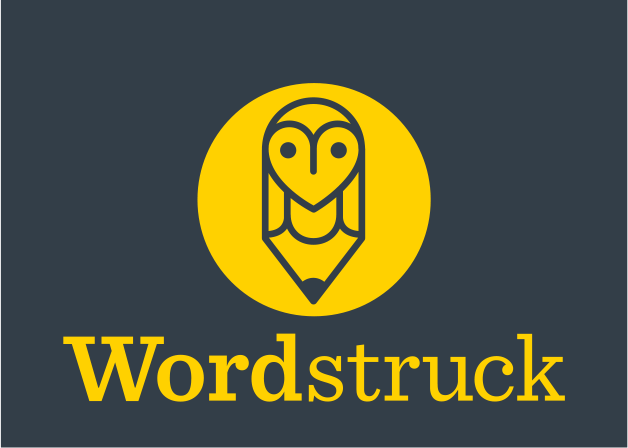For the past year I’ve been learning applied improvisation to help me by more spontaneous and playful in my storytelling – and help my clients be more authentic and impactful in their presentations and delivery.
This month, in London, I had a coach-the-coach session where my ‘applied improv’ coach, Raymond, sat and watched me with a willing client. He occasionally interjected, made suggestions, recorded me and took notes. Then I received double feedback, from him and the client. I have to admit it was kinda excruciating!
But, WOW, very useful. And the most useful part? Two things. The fact I had two clients. After the first one, honestly, I wanted to crawl under the table. Raymond was empathetic but firm. ‘No, Claire, back on the horse.’ Because in the second session I put everything into practice I’d learned in the first.
The second thing – receiving appreciation from both Raymond and the clients, alongside helpful, non-judgemental feedback. They both shared actionable observations that I could see make a big difference.
I’m now thinking how to apply something similar for my own Wordstruck sessions. So, in the spirit of growing pains, this newsletter is about the value of feedback.
Why feedback is hard
Most employees equate feedback as criticism. It’s perceived as a social threat and humans have a survival instinct to flee when faced with any threat.
Instead, feedback can be an opportunity and a mechanism that brings value to your organisation.
Discover how feedback helps
In a study led by New York University psychologist and senior scientist Tessa West , 62 participants were asked to give and receive feedback, while their heart rates were monitored. The results showed that the whole exercise was ‘anxiety-producing’ for all of them. What’s more, the study found that unprompted feedback makes people more anxious.
So, even though feedback can be given with the intent of self-improvement, if it’s unexpected, it can cause physiological stress. Instead of being open to receive it, the brain can shut out the feedback as a form of self-preservation. We can overcome this challenge if we see feedback as an opportunity. It may require a shift in mindset!
How to give and receive effective feedback
- Create a culture of feedback.Start small. Go out for informal get-togethers like lunch and get to know your team. The people we work with can give us new insights about ourselves that we can’t discover on our own.
- Get feedback on small topics. Once the workplace has established this practice, it will be less difficult to address more complex and challenging topics.
- Ask for feedback.If your team member feels that it’s okay for you as a leader to receive feedback, then he or she will be more open to get feedback as well. This helps build an atmosphere of honesty and trust.
- Introduce 360-reviews. While these are common in some workplaces, they aren’t universal. But these reviews help us learn about our blind spot (s). What works and what doesn’t. Where we need improvement.
- Use appreciation. While some of the feedback you may give is challenging, it can still be delivered with appreciation for the positive aspects of the person’s work.
- Allow the employees to prepare and be ready for feedback sessions. This will minimise threat as compared to it being unsolicited or spontaneous.
- Choose where you give the feedback. Be sensitive to the location you choose. Don’t stand next to the coffee machine!
- Be an active listener.Feedback is a two-way dialogue. If you’re giving feedback make sure you are listening to the person receiving, rather than have fixed views. And vice versa. If you’re on the receiving end, try to stay open and receptive.
- Create a culture of psychological safety.This helps people give feedback without getting defensive. It’s healthier for everyone.
- Promote a growth mindset.Feedback is aimed for all teams, leaders and the organisation as a whole, to grow. To improve. To learn. And isn’t that what we all want?


